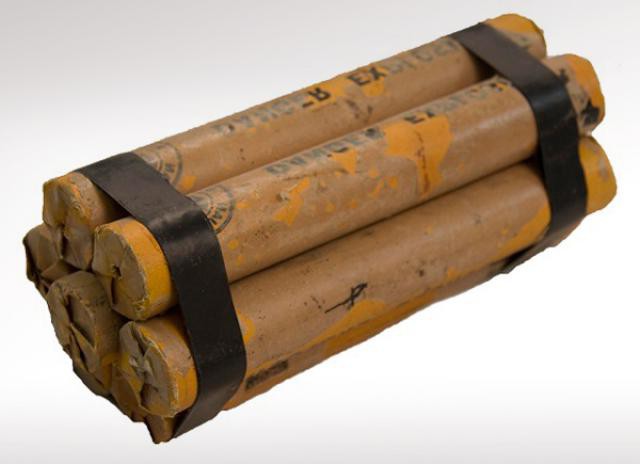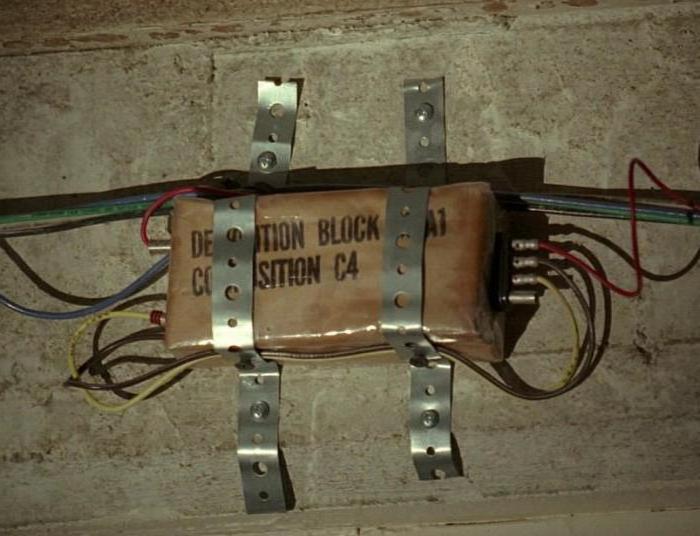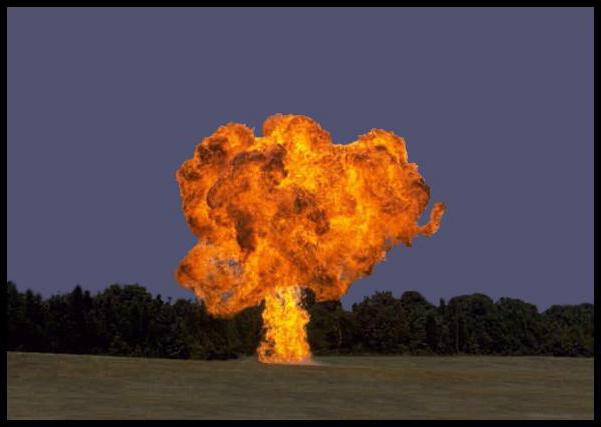Explosive substances have long been a part of human life. This article will tell about what they are, where they are applied and what are the rules for their storage.
A bit of history
From time immemorial, man has been trying to create substances that, with a certain external influence, caused an explosion. Naturally, this was not done for peaceful purposes. And one of the first widely known explosive substances was the legendary Greek fire, the recipe of which is still unknown. Then came the creation of gunpowder in China around the 7th century, which, on the contrary, was first used for entertainment purposes in pyrotechnics, and only then adapted for military needs.
For several centuries, the view was established that gunpowder is the only explosive known to man. Only at the end of the 18th century was the silver fulminate discovered, which is notorious under the unusual name "explosive silver." Well, after this discovery, picric acid, "explosive mercury", pyroxylin, nitroglycerin, TNT, hexogen and so on appeared.

Concept and classification
In simple terms, explosive substances are special substances or their mixtures that can explode under certain conditions. These conditions may include an increase in temperature or pressure, shock, shock, sounds of specific frequencies, as well as intense lighting or even a light touch.
For example, acetylene is considered one of the most famous and common explosive substances. It is a colorless gas, which also has no smell in its pure form and is lighter than air. The acetylene used in the production is characterized by a pungent odor that impurities give it. He gained widespread use in gas welding and metal cutting. Acetylene can explode at a temperature of 500 degrees Celsius or with prolonged contact with copper, as well as silver upon impact.
At the moment, a lot of explosive substances are known. They are classified according to many criteria: composition, physical condition, explosive properties, directions of use, degree of danger.
In the direction of use, explosives can be:
- industrial (used in many industries: from mining to material processing);
- experimental;
- the military;
- special purpose;
- antisocial use (often this includes homemade mixtures and substances that are used for terrorist and hooligan purposes).
Hazard rating
Explosive substances can also be considered as an example according to their degree of danger. In the first place are hydrocarbon-based gases. These substances are prone to arbitrary detonation. These include chlorine, ammonia, freons and so on. According to statistics, almost a third of incidents in which the main actors are explosive substances are associated with hydrocarbon-based gases.
Then follows hydrogen, which under certain conditions (for example, a compound with air in a ratio of 2: 5) acquires the greatest explosion hazard. Well, this three of the leaders is closed by the degree of danger of a pair of liquids that are prone to ignition. First of all, it is a pair of fuel oil, diesel fuel and gasoline.
Explosives in the military
Explosives are used everywhere in the military. An explosion can be of two types: combustion and detonation.Due to the fact that the powder burns, when it explodes in a confined space, not the destruction of the sleeve occurs, but the formation of gases and the departure of a bullet or projectile from the barrel. TNT, RDX or ammonal just detonate and create a blast wave, the pressure rises sharply. But in order for the detonation process to occur, an external action is necessary, which can be:
- mechanical (impact or friction);
- thermal (flame);
- chemical (reaction of an explosive with another substance);
- detonation (there is an explosion of one explosive next to another).
Based on the last paragraph, it becomes clear that two large classes of explosives can be distinguished: composite and individual. The former mainly consist of two or more substances that are not chemically bonded. It happens that individually such components are not capable of detonation and can exhibit a similar property only when in contact with each other.
In addition to the main components, various impurities may be present in the composition of the composite explosive. Their purpose is also very broad: regulation of sensitivity or explosiveness, weakening of explosive characteristics or their amplification. Since recently global terrorism has been spreading more and more with impurities, it has become possible to detect where the explosive was made and find it with the help of service dogs.
With the individual, everything is clear: sometimes they do not even need oxygen for a positive thermal output.

Brisance and high explosiveness
Usually, in order to understand the power and strength of an explosive, it is necessary to have an idea of such characteristics as brisance and high explosiveness. The first means the ability to destroy surrounding objects. The higher the brisance (which, incidentally, is measured in millimeters), the better the substance will be suitable as a filling for an aerial bomb or shell. Explosives with high brisance will create a strong shock wave and give flying fragments a high speed.
High explosiveness means the ability to throw away surrounding materials. It is measured in cubic centimeters. High explosive explosives are often used when working with soil.

Explosive Safety
The list of injuries that a person may suffer from accidents involving explosives is very, very extensive: thermal and chemical burns, shell shock, nerve shock from shock, injuries from fragments of glass or metal utensils that contained explosive substances, and injuries eardrum. Therefore, safety when working with explosive substances has its own characteristics. For example, when working with them, you must have a safety screen made of thick organic glass or other durable material. Also, those who work directly with explosive substances should wear a protective mask or even a helmet, gloves and an apron made of durable material.
Explosive storage
Storage of explosive substances also has its own characteristics. For example, their illegal possession has consequences in the form of liability, according to the Criminal Code of the Russian Federation. Dust contamination of stored explosive substances must be prevented. Tanks with them must be tightly closed so that vapors do not enter the environment. An example is toxic explosive substances, the vapor of which can cause both headache and dizziness, and paralysis. Flammable explosive substances are stored in isolated warehouses that have fireproof walls. Places where explosive chemicals are located must be equipped with fire fighting equipment.

Epilogue
So, explosives can be both a faithful assistant to a person, and an enemy in case of improper handling and storage. Therefore, it is necessary to follow the safety rules as accurately as possible, and also not to try to pose as a young pyrotechnician and to make any artisanal explosive substances.








